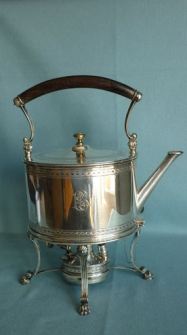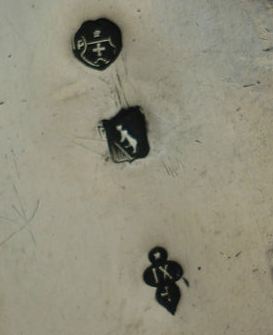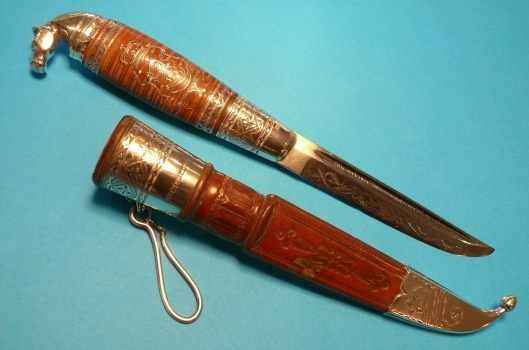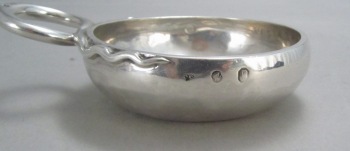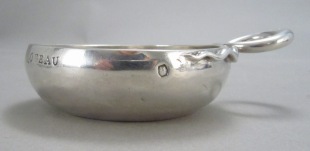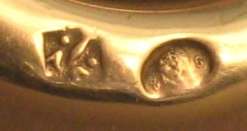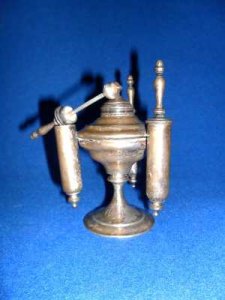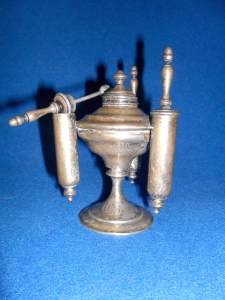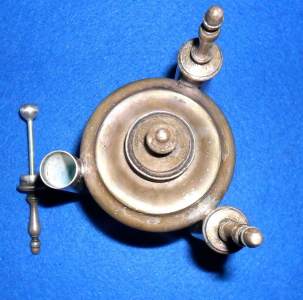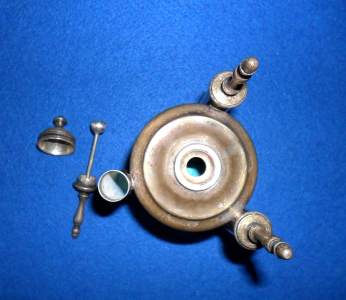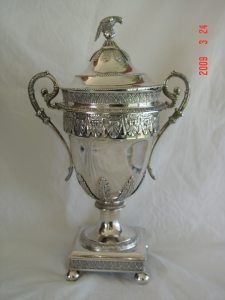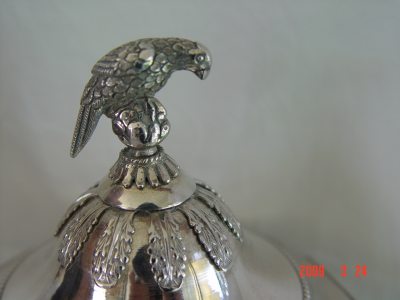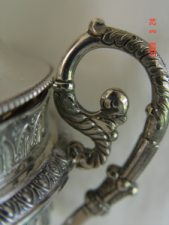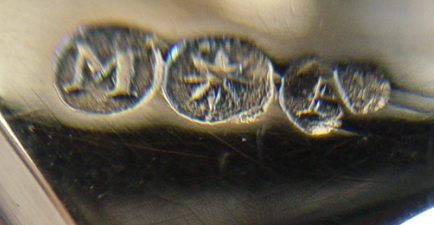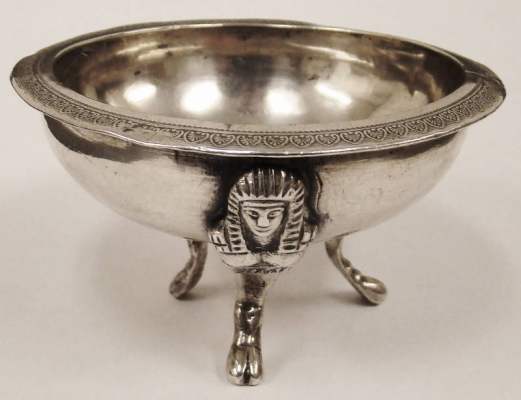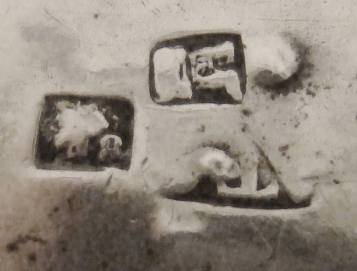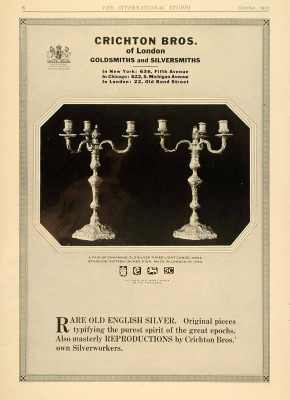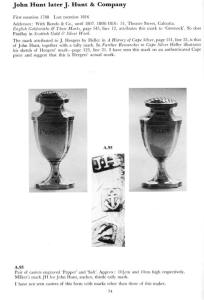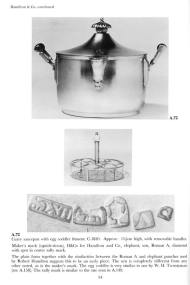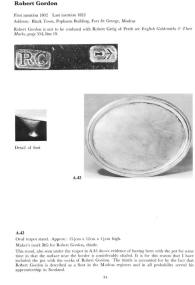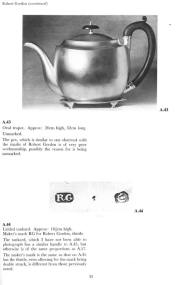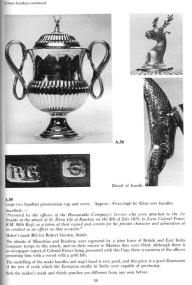 newsletter # 97 June 2012
newsletter # 97 June 2012www.ASCASonline.org SITE MAP
email: silverassociation@yahoo.it
YOUR GUIDE TO JULY NEWSLETTER:
articles
new
members
members' window
|

David McKinley presents:
|
New members
Welcome to new ASCAS members:
Francis Barclay - New Zealand
Patrick Costello - England UK
Charles Kalus - USA
François Milliat - France
Debora Rindge - USA
Edward Schmitt - USA
Jean-Paul Zucchetto - Dominican Republic
|
top page -
page map |
Members' Window # 97
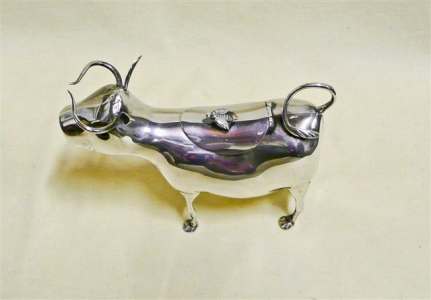
Craig Dorman presents:
|
Mail to ASCAS: e-mail silverassociation@yahoo.it
Benedict Gagelmann writes:
...can I ask you for your help? I have a silver tea pot with
burner, but I cannot find out in what country it has been made.
Maybe Italy? Swiss? I send you a photo of the tea pot and its
marks. It has the two letters "CB".
Maybe you have any idea who made it?
Thanks very much for your help
Benedict Gagelmann
***ANSWER PUBLISHED IN JULY 2012 NEWSLETTER***
Derek Jones writes:
... I have tried every site I can find to try to get the full
hallmarked information on this presentation knife given to my
father in 1928 by the Finnish community in the town where he
lived.
I have identified the Finnish crown, the silver mark & the date,
but I can't find the maker JVK, or the town/city where it was
made.
Can you please help?
Kind regards,
Derek Jones
I found this information about the marks of your knife:
J.V.K; maker Juho Wilhelm Kantola
813H: silver fineness 813/1000
symbol: town of Kokkola
Y5: date 1928.
Giorgio Busetto
Maurice R. Meslans writes:
... I have this unusual set of marks on a wine taster, and was
wondering if you know anyone who can explain them.
It is obviously made from 1809-1819 and re-marked in 1819-1838
(I don't show the 1819-38 second standard mark also on the piece).
Unfortunately the department number on the 1809 isn’t legible.
The number on the later department mark certainly seems to be 85
which is not in Tardy's list.
I suppose it could be 35 (Tours) or 65 (Strasbourg).
Personally I would love it to be the latter as I collect
Strasbourg silver and a wine taster from there even this late
would be a real rarity.
However the mark does not look like a Strasbourg mark.
In any case it certainly appears to be 85, and I can find no
reference to such a number on the internet for this period.
I trust in your help.
Maurice R. Meslans
***ANSWER PUBLISHED IN JULY 2012 NEWSLETTER***
Silvio Negro writes:
... I send the photos of an object of which I ignore the use. I
presume it is French as the mark is "Boulanger".
Any suggestion would be greatly appreciated.
Thanks in advance
Silvio Negro
I believe it is a cigar lighter. See my website at
http://www.silvercollection.it/dictionarycigarlighter.html
Giorgio Busetto
Francis Barclay writes:
... I have been searching the net for someone who could help me
identify a silver chalice that has been in our family in Greece
for many years.
I hope that you and your Association could help me and I have
attached several detailed photographs of the item and the
hallmarks.
Thank you in anticipation for any assistance you can give me
Yours Sincerely
Francis Barclay
In my opinion your item isn't a chalice but a large sugar
bowl with cover.
These items were made in large quantity in Italy during the 19th
century, but I'm unable to identify the mark as Italian.
In my opinion it is only a maker's mark.
Another hypothesis is Hanau silver.
Giorgio Busetto
Debbie Rindge writes:
... I have a pair of silver Egyptian Revival salt cellars we
think are from 19th century Naples, but the Partenope mark is
different than others I've found online, as the head is facing
left instead of right, with a numeral 8 at right.
Also, I would be grateful if anyone can help identify the
maker's mark AF or AT.
Debbie Rindge
The mark isn't Naples but Sicily. The female head facing
left isn't Partenope but Ceres Goddess. This mark was used as
warranty mark in Sicily until c. 1860. The mark (833 and 1/3
silver fineness) was used in Catania (from 1832), Messina (from
1829), Palermo (from 1829), Trapani (from 1834), Noto (from 1843
until 1865), Siracusa (from 1834 until 1843 -possibly-).
The mark AT, partly rubbed, (maker or assayer) isn't present in
the literature.
Giorgio Busetto
"A PAGE per MONTH"
In this column we present a page obtained from makers'
brochures, books, auction catalogs, advertising or whatever
other printed paper, related to silver, that may be of interest
for ASCAS members.
The images will be published at a "low resolution" level and for
private and personal use only
"A WORD per MONTH"
In this column we
present an abstract from a page of the "What is? Silver
Dictionary"
courtesy of


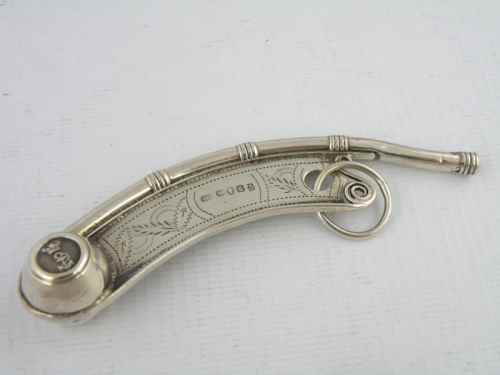
|
BOSUN WHISTLE
|
"A BOOK ON MY SHELF"
In this column we present books, new
or ancient, dealing with silver in all its aspects (history,
marks, oddities...). This isn't a "book review" but only a fair
presentation of some useful "tools" that anyone may have in the
shelf of his bookcase.
ASCAS members are invited to contribute to this column
(click to enlarge images)
In the "book on my shelf" of this month Karin Sixl-Daniell presents:
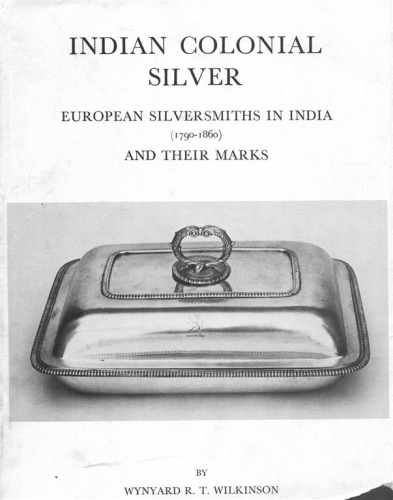
|

Custom Search
Closing our June 2012 edition of ASCAS Newsletter I hope you have appreciated its content.
Your comments, suggestions and advice will be of great help.
My thanks to Francis Barclay, Craig Dorman, Benedict Gagelmann, Derek Jones, David McKinley, Maurice R. Meslans, Silvio Negro, Debbie Rindge for their invaluable contributions.
Giorgio Busetto
Secretary
ASCAS is a community of people having a common
interest in antique silver.
|

